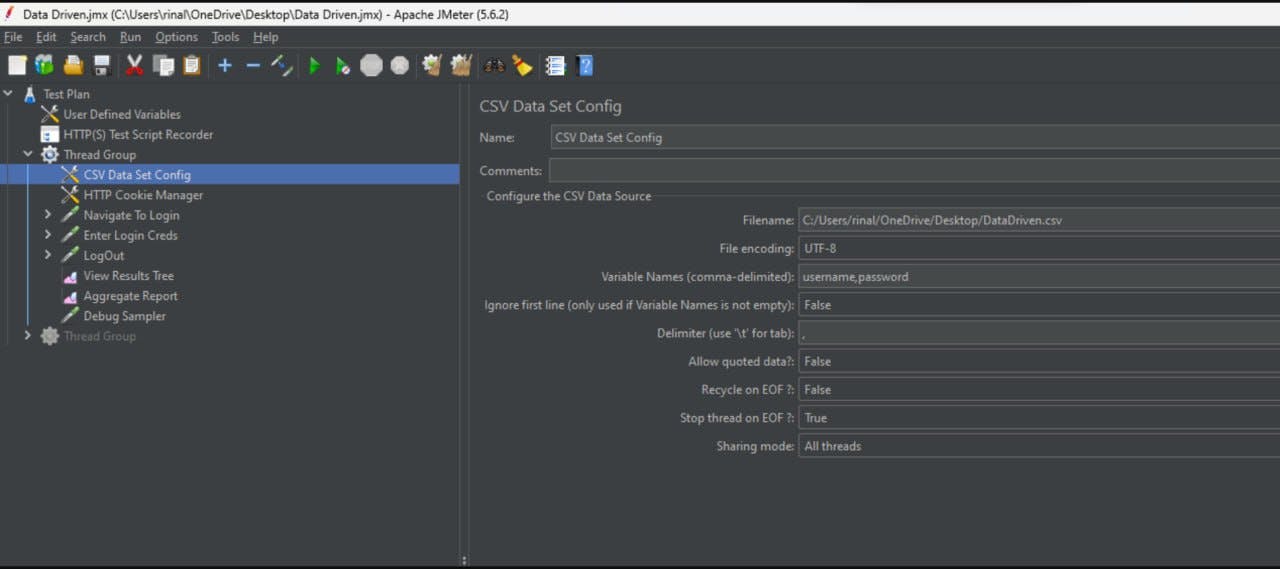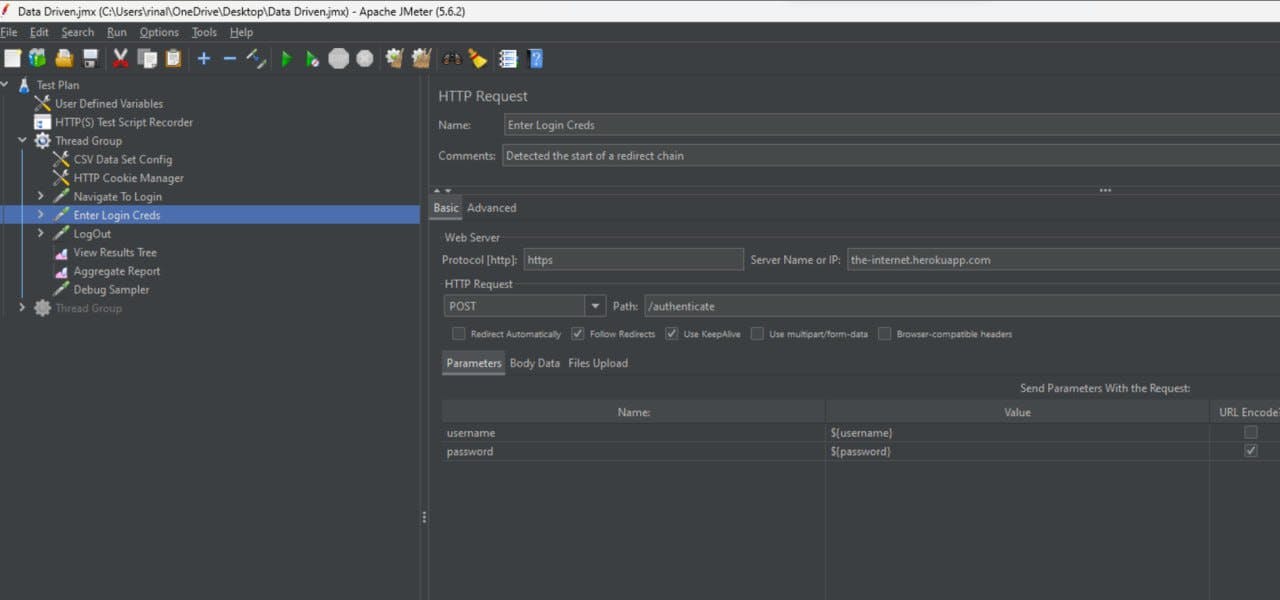Implementing Data-Driven Testing in JMeter Using CSV Files
Introduction
Data-driven testing is a powerful technique in JMeter that allows you to run performance tests with different sets of data. Using CSV (Comma-Separated Values) files to provide input data to your test scripts enables you to simulate various scenarios and assess how your application performs under different conditions. Here's a guide on implementing data-driven testing in JMeter using CSV files.
Benefits of Data-Driven Testing in JMeter:
Scalability: Easily scale your test by adding more data to the CSV file without modifying the test script.
Reusability: Use the same test script with different datasets, making it reusable for various scenarios.
Flexibility: Modify the CSV file to test different combinations of input data without changing the test logic.
Steps to Implement Data-Driven Testing in JMeter:
Step 1: Prepare Your CSV File
Create a CSV file containing the input data you want to use in your test. Each row in the CSV file represents a set of input values. Save the CSV file in a location accessible to your JMeter test plan.
Example CSV File (data.csv):
user1,password1
user2,password2
user3,password3
Step 2: Add CSV Data Set Config Element
In JMeter, open your test plan and add the CSV Data Set Config element. This element allows you to configure the path to your CSV file and specify variables to hold the data.
Right-click on your Thread Group.
Go to "Add" -> "Config Element" -> "CSV Data Set Config."

In the CSV Data Set Config element, provide the following information:
Filename: Path to your CSV file (e.g., /path/to/data.csv).
Variable Names: Names for the variables that will hold the data (e.g., username and password).
Delimiter: Set it to the appropriate value if your CSV file uses a delimiter other than a comma.

Step 3: Use Variables in Your Sampler
Now that you have configured the CSV Data Set Config, you can use the defined variables in your HTTP requests or any other samplers as shown below.

Step 4: Run Your Test
Execute your test, and JMeter will iterate through the rows of your CSV file, using different sets of data for each iteration. This enables you to simulate multiple users with different input values.
Conclusion
In summary, using CSV files for Data-Driven Testing in JMeter enables testers to conduct comprehensive performance tests with varied data sets. This approach enhances test coverage and realism, facilitating the identification of potential issues and optimization of software performance.